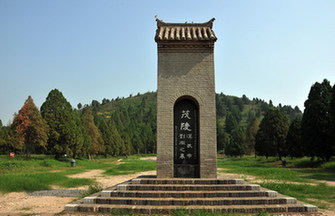A different stroke
By Liu Zhihua ( China Daily ) Updated: 2014-12-31 06:53:57
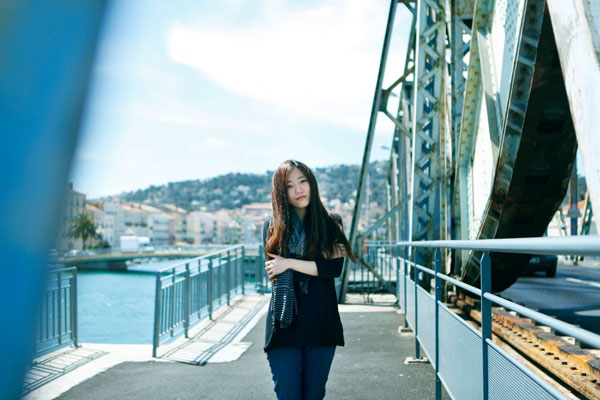 |
|
Di An, who has just published her latest novel, Ling Yang in the South, is among China's bestselling writers from the post-1980 generation. [Photo/China Daily] |
Di An's latest novel on a woman from the Ming Dynasty era is winning the young author legions of fans. Liu Zhihua reports.
As she tours the country to promote her latest novel, Ling Yang in the South, Di An is getting used to seeing lines of fans waiting for her to sign their copies of her book. It wasn't long ago that the Beijing-based author, 31, was nervous on such occasions.
According to the publisher, Changjiang Literature and Art Publishing House, the book has already sold about 500,000 copies since it was launched on Nov 1.
As one of China's best-selling writers from the post-1980 generation, "Di the pretty", as she is fondly described by her admirers, made it on the Chinese Writers Rich List in 2010, 2011 and 2013. The annual ranking, compiled largely by a former journalist, features the country's top earning writers.
Ling Yang in the South is the story of a young woman from the Ming Dynasty (1368-1644) era, who fights social conventions following her marriage to a much older man.
The novel's teenage protagonist, Ling Yang, is married to a man in his 40s, but her husband dies soon after the wedding, leaving her to deal with conservative clan elders, many of whom want her to commit suicide so that the clan may benefit from Ling's show of loyalty to her dead husband and the declaration of her chastity.
As Ling struggles to ward off pressure from society, the late husband's concubines save her life by falsely claiming that she's pregnant. But to stay alive, she really needs to have a baby, and gets pregnant by her stepson. In order to protect her reputation as a "virtuous" woman, as dictated by societal norms at the time, she gets trapped in a web of lies.
Her circumstances then lead her to lobby the government for a stone arch be built to honor all chaste women who were widowed young.
"In 2011, I saw stone chastity arches in Anhui province, and the idea occurred to me that I should write about a woman from such a time when chastity was not only a moral standard imposed on women but was also tied to the economic interests of families and clans," Di An tells China Daily.
|
|
|
|
|
|


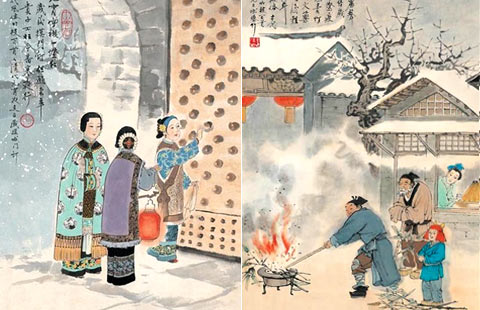

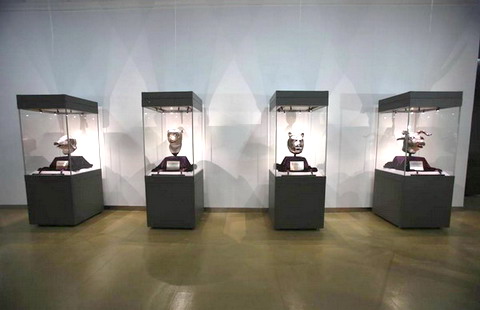

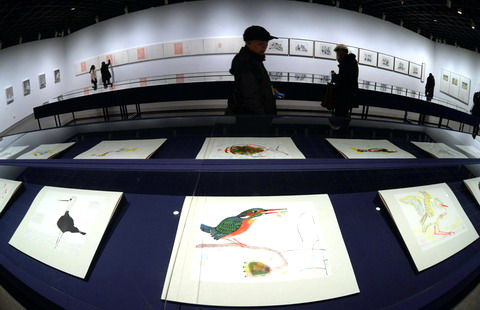











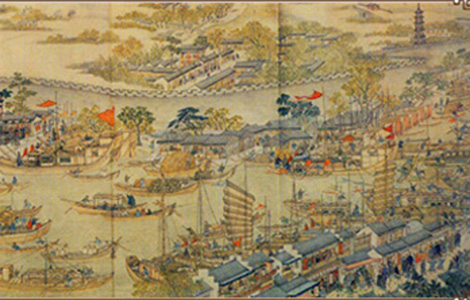



 Raymond Zhou:
Raymond Zhou: Pauline D Loh:
Pauline D Loh: Hot Pot
Hot Pot Eco China
Eco China China Dream
China Dream China Face
China Face


